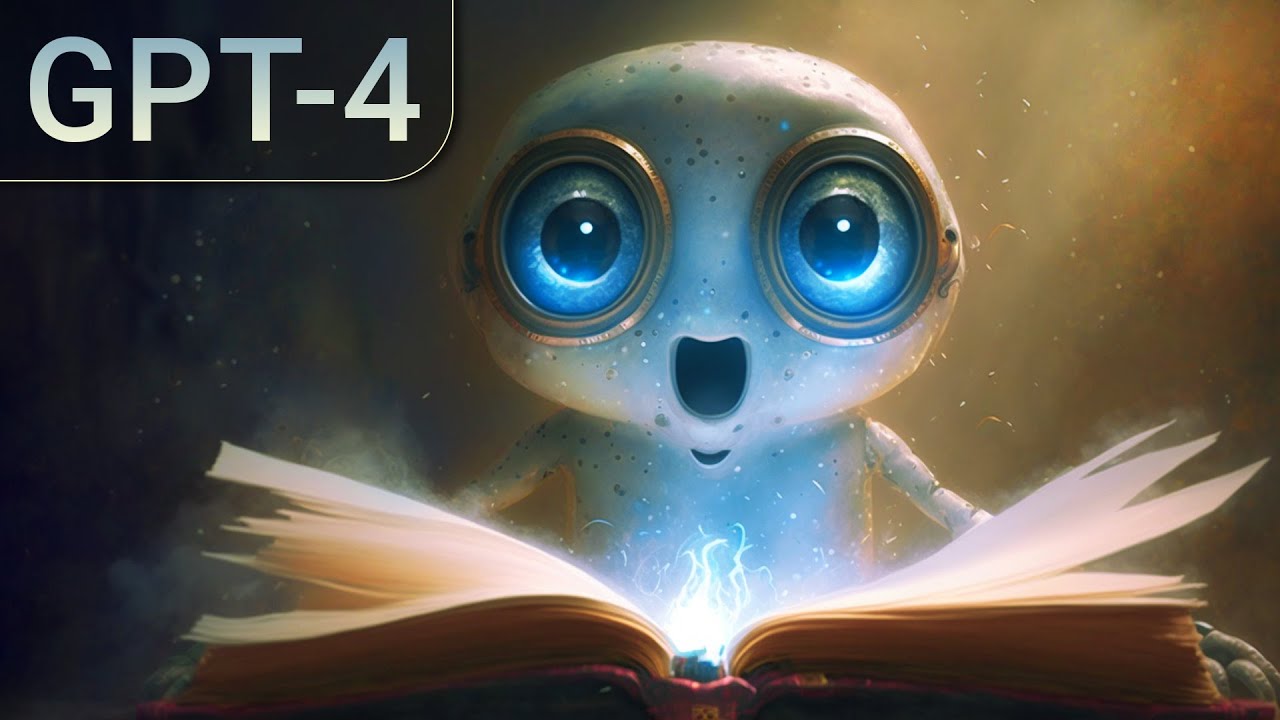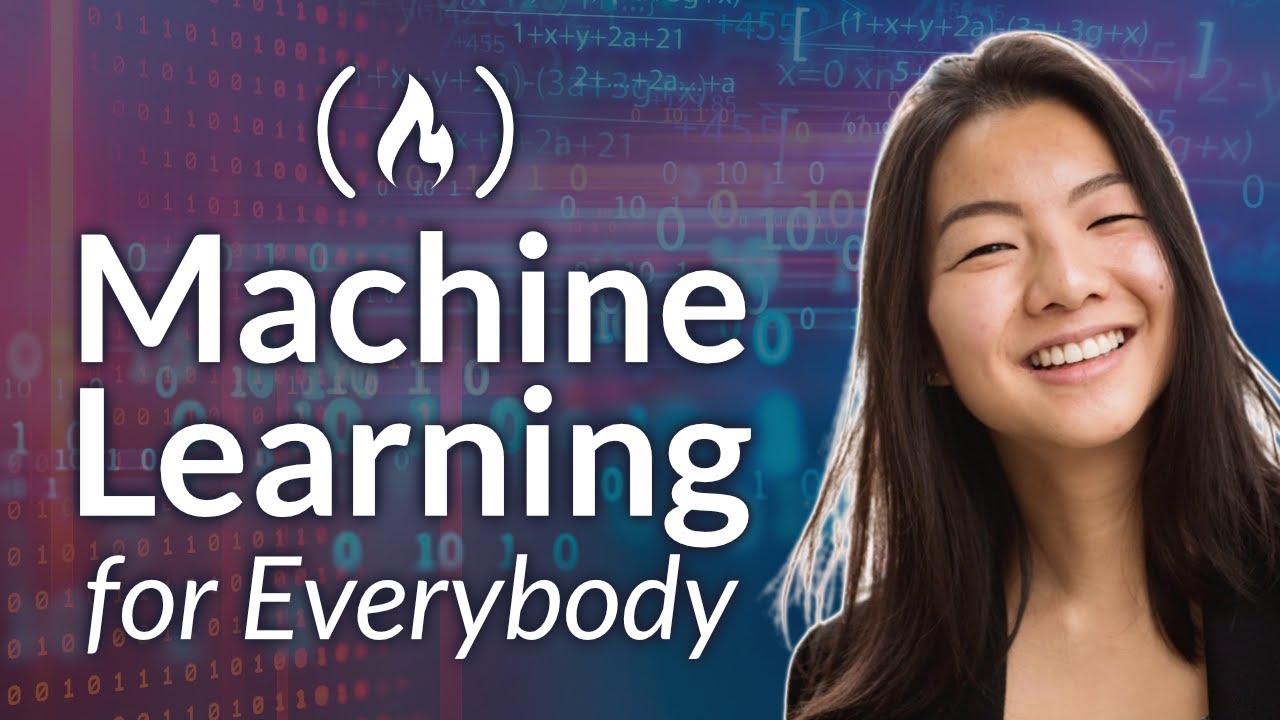Introduction
In the realm of artificial intelligence, researchers have been working tirelessly to create models that can think and learn like humans. One such model is GPT-4, an AI developed by OpenAI that has sparked interest and curiosity among experts in the field. In this article, we will delve into the fascinating capabilities of GPT-4 and its limitations, as discussed in Dr. Károly Zsolnai-Fehér’s Two Minute Papers series.
Capabilities of GPT-4
GPT-4 is a language model that has shown remarkable abilities in various areas, including creativity, problem-solving, and even medical diagnosis. Despite never having seen an image, GPT-4 can create drawings based on textual descriptions, showcasing its ability to understand and interpret human language.
One of the most impressive capabilities of GPT-4 is its ability to solve complex mathematical problems. In a recent experiment, Dr. Zsolnai-Fehér demonstrated that GPT-4 can tackle mathematical problems comparable to those in the International Mathematical Olympiad (IMO). This feat is all the more remarkable considering that GPT-4 has never seen an image or received any visual input.
Problem-Solving Strategies
However, as impressive as GPT-4’s capabilities are, its performance varies greatly depending on how a problem is presented to it. For instance, in one experiment, Dr. Zsolnai-Fehér asked GPT-4 to list and count the prime numbers between 150 and 250. When provided with a step-by-step prompt, GPT-4 accurately completed the task. However, when asked directly without explicit instructions, GPT-4 failed to give the correct count.
This inconsistency in performance is attributed by Dr. Zsolnai-Fehér to GPT-4’s inability to think in a step-by-step manner unless explicitly directed to do so. This limitation highlights the challenges researchers face in creating AI models that can think and reason like humans.
Creativity and Storytelling
GPT-4 also showcases impressive capabilities in areas such as storytelling and creative writing. In an experiment, Dr. Zsolnai-Fehér asked GPT-4 to write a short story based on a given prompt. The result was a coherent and engaging narrative that demonstrated GPT-4’s ability to understand and respond to human language.
Moreover, GPT-4 has been shown to possess the ability to read and evaluate electrocardiograms (ECGs), a skill typically reserved for trained medical professionals. This capability is all the more remarkable considering the complexity of ECGs and the need for specialized knowledge in interpreting them.
Limitations of GPT-4
Despite its impressive capabilities, GPT-4 struggles with certain tasks that are easily accomplished by humans. For instance, Dr. Zsolnai-Fehér demonstrated that GPT-4 can have difficulty solving simple arithmetic problems, a task that even children can accomplish with ease.
This inconsistency in performance highlights the ongoing challenges in creating AI models that can think and reason like humans. While GPT-4 can create complex network graphs, write computer games in JavaScript, and solve classical thought experiments with logic, it fails to correctly identify the current year.
Deployment of GPT-4
Dr. Zsolnai-Fehér’s Two Minute Papers series explores the perplexing capabilities and limitations of GPT-4, an AI model that demonstrates a spark of intelligence. In his final remarks, Dr. Zsolnai-Fehér highlights the deployment of GPT-4 in ChatGPT, enabling users to experience the future of AI.
He marvels at how millions of users interact with AI technology, often without realizing it. This phenomenon underscores the incredible strides being made in AI research and the potential for AI models like




